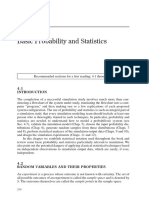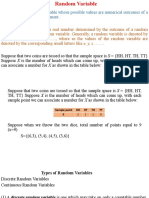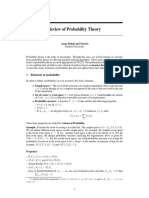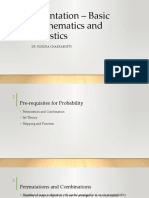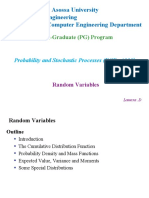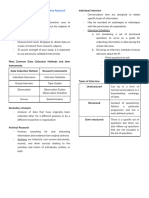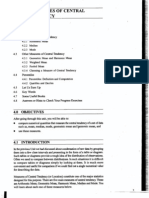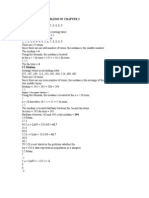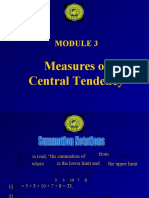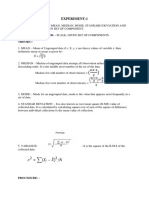0% found this document useful (0 votes)
82 views35 pagesBasic Probability & Statistics Guide
The document discusses basic probability and statistics concepts needed for simulation modeling. It defines key terms like random variables, probability distributions, discrete and continuous random variables. It outlines properties of probability distribution functions and how they are used to determine probabilities. Estimation techniques like means, variances and correlations are introduced for analyzing simulation output data. Hypothesis testing concepts like type I and II errors and power are also mentioned.
Uploaded by
mickCopyright
© © All Rights Reserved
We take content rights seriously. If you suspect this is your content, claim it here.
Available Formats
Download as PDF, TXT or read online on Scribd
0% found this document useful (0 votes)
82 views35 pagesBasic Probability & Statistics Guide
The document discusses basic probability and statistics concepts needed for simulation modeling. It defines key terms like random variables, probability distributions, discrete and continuous random variables. It outlines properties of probability distribution functions and how they are used to determine probabilities. Estimation techniques like means, variances and correlations are introduced for analyzing simulation output data. Hypothesis testing concepts like type I and II errors and power are also mentioned.
Uploaded by
mickCopyright
© © All Rights Reserved
We take content rights seriously. If you suspect this is your content, claim it here.
Available Formats
Download as PDF, TXT or read online on Scribd
/ 35

